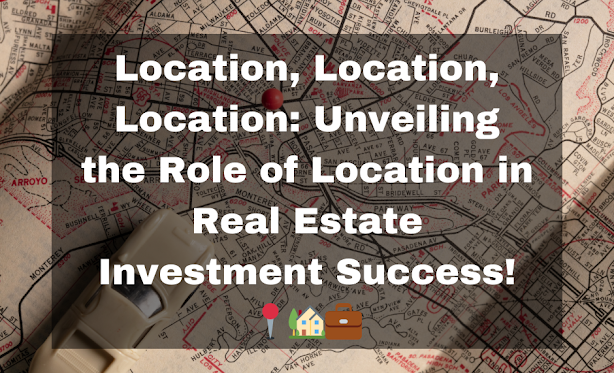The Rise of Sustainable Architecture in Real Estate Development
In recent years, the real estate industry has experienced a paradigm shift as sustainability and environmental consciousness take center stage. As the world grapples with the challenges of climate change and resource depletion, the need for eco-friendly solutions becomes more evident. In response, sustainable architecture has emerged as a powerful force in real estate development. In this blog post, we will explore the rise of sustainable architecture, its key principles, and the significant impact it has on the real estate landscape.
🏠Defining Sustainable Architecture
Sustainable architecture, also known as green or eco-friendly architecture, is an approach that focuses on creating buildings that minimize their environmental impact while maximizing efficiency and resource use. It involves careful consideration of design, materials, construction techniques, and energy consumption throughout a building's life cycle.
🏠Key Principles of Sustainable Architecture
👉a. Energy Efficiency: Sustainable buildings are designed to reduce energy consumption through features like energy-efficient windows, LED lighting, and high-performance insulation. They often incorporate renewable energy sources such as solar panels and wind turbines.
👉b. Water Conservation: Water is a precious resource, and sustainable architecture aims to minimize its wastage. This can be achieved through water-efficient fixtures, rainwater harvesting systems, and smart irrigation techniques.
👉c. Use of Recycled and Eco-Friendly Materials: Sustainable buildings prioritize the use of recycled, reclaimed, and locally sourced materials to reduce the carbon footprint associated with transportation and manufacturing.
👉d. Passive Design: Passive design principles leverage natural elements such as sunlight, wind, and shade to regulate indoor temperature and lighting, reducing the need for mechanical heating and cooling systems.
👉e. Biodiversity and Green Spaces: Sustainable architecture emphasizes the incorporation of green spaces, vertical gardens, and biodiversity-friendly features, which contribute to improved air quality and urban well-being.
🏠The Impact on Real Estate Development
👉a. Increased Demand: As environmental awareness grows among consumers, there is a rising demand for sustainable properties. Homebuyers and investors are willing to pay a premium for eco-friendly buildings that promise reduced utility costs and a smaller carbon footprint.
👉b. Regulatory Support: Governments and municipalities worldwide are promoting sustainable architecture through incentives and regulations. This includes tax benefits for green buildings, higher permissible floor area ratios (FAR), and streamlined approval processes for eco-friendly projects.
👉c. Enhanced Marketability: Sustainable architecture offers a unique selling proposition for developers. Green certifications like LEED (Leadership in Energy and Environmental Design) and BREEAM (Building Research Establishment Environmental Assessment Method) enhance a property's marketability and attract environmentally-conscious buyers.
👉d. Long-Term Cost Savings: While sustainable buildings may require higher upfront investment, they deliver substantial long-term cost savings in terms of energy and water bills, maintenance, and operational expenses.
🏠Inspiring Sustainable Architectural Innovations
Several innovative sustainable architectural projects around the world are shaping the future of real estate development. From net-zero energy buildings to vertical forests, these structures push the boundaries of eco-conscious design and technology.
The rise of sustainable architecture in real estate development marks a pivotal moment in the construction industry. As we forge ahead into an era of environmental responsibility, eco-friendly buildings become not just a preference but a necessity. Sustainable architecture offers a pathway to a greener, more resilient future, where the built environment works in harmony with the natural world. By embracing sustainable principles, the real estate industry can pave the way for a brighter, more sustainable tomorrow.
Follow me for more tips about real estate!
And click here for a FREE Home Valuation! >> https://www.longandfoster.com/AnjalBahal/tools/marketvalue.aspx🔎




Comments
Post a Comment